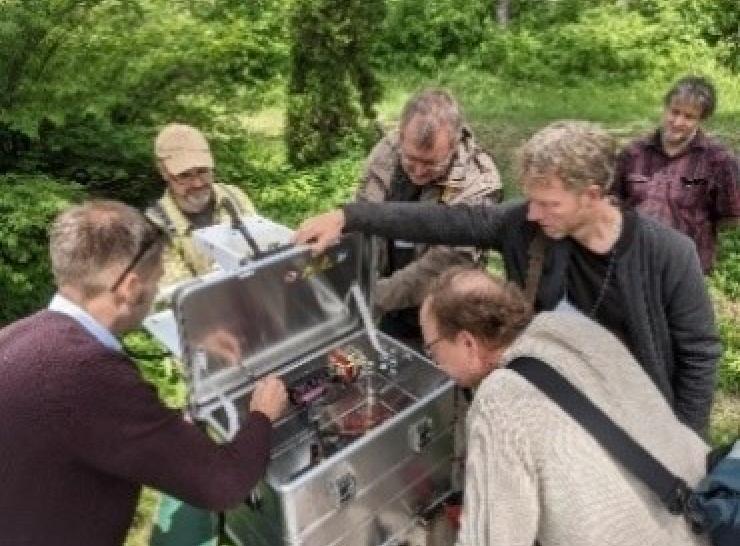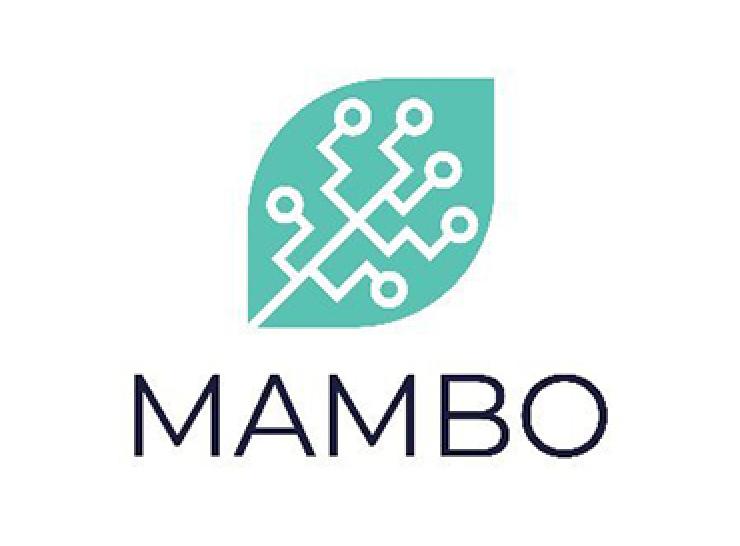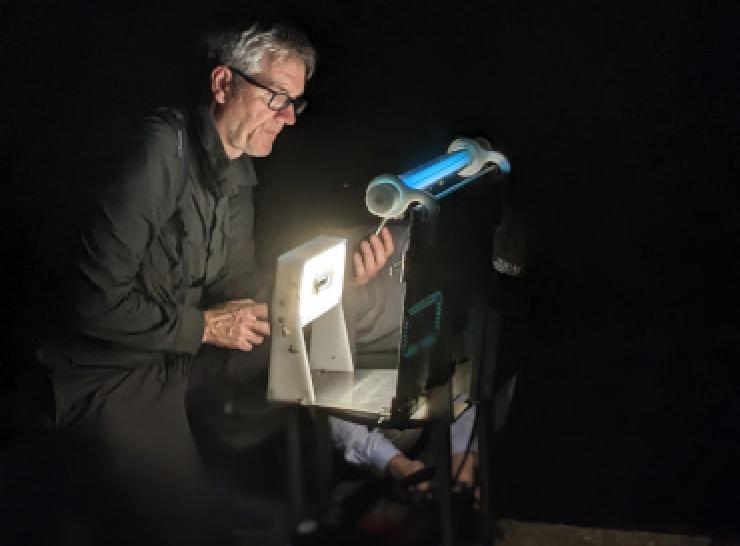The UKCEH AMI system offers a platform for long-term, autonomous monitoring of moths.
Combining robust lighting for attracting insects with high resolution cameras, the UKCEH AMI system can provide practical and cost-effective solutions for standardised monitoring. UKCEH AMI systems have been deployed in the UK, Canada, USA, Cyprus, Panama, Kenya, Uganda, Singapore, Costa Rica and Argentina, with plans to expand further.
Mounting evidence suggests that populations of insects around the world are in sharp decline. Understanding trends in species and their drivers are key to knowing the size of the challenge, its causes, and how these factors vary in both space and time. In order to know this, we need robust methods for monitoring species that minimise bias and maximise the quantity and quality of data collected.
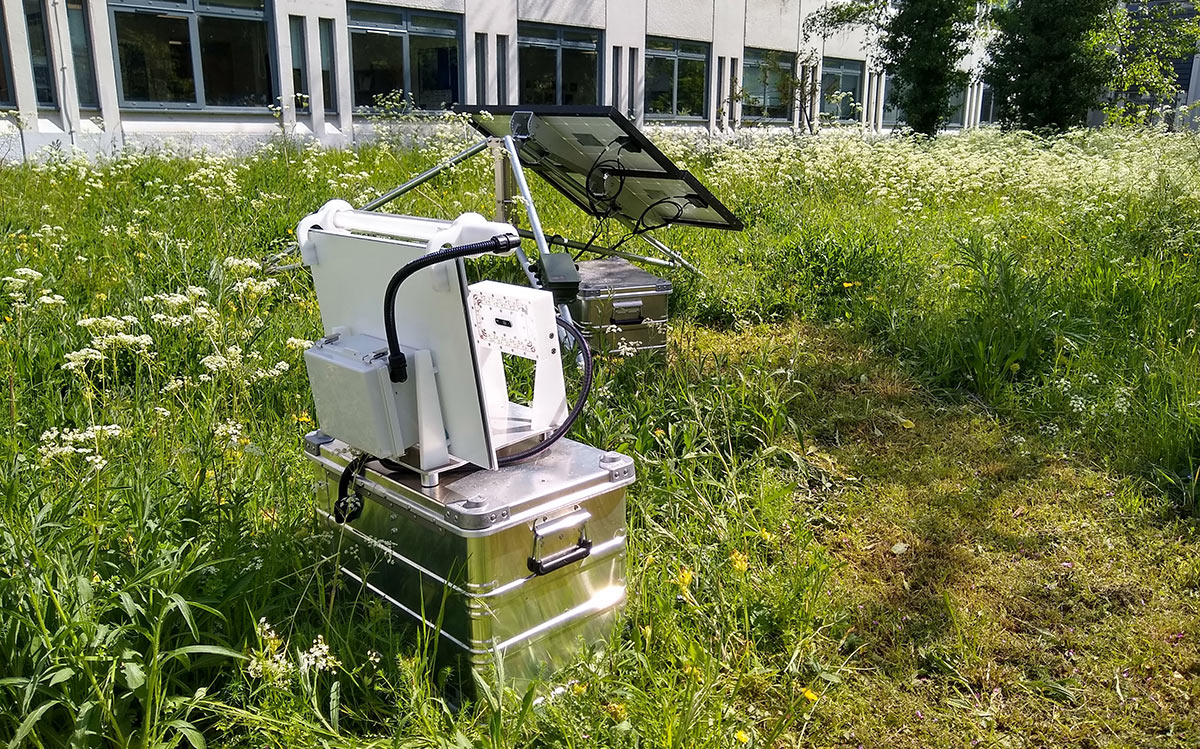
The UKCEH AMI system builds on an original design from Aarhus University. It combines computer vision and an autonomous imaging system to capture images of moths in the field, locate them in the image, and classify them to species.
AMI system deployments
UKCEH's AMI systems have been deployed in more than 30 countries around the world. We use them within our own research but they are also used by our partners and customers in the UK and further afield, from Australia to Belgium and Costa Rica.
To enquire about purchasing a UKCEH AMI system, or for general enquiries about the system, our work, and potential collaborations, please email us.
How does it work?
The UKCEH AMI system consists of UV and white lights for attracting and imaging moths, high-capacity data storage to collate images over long sampling periods, battery and solar power to allow the system to be deployed away from mains power, and customisable sampling schedules.
Video: Moth monitoring with an AMI system
Images collected can be processed through your own workflow, or using the Antenna Data Platform where a community of machine learning scientists openly contribute computer vision models. Our partners at Mila Quebec AI Institute, The Alan Turing Institute, and Aarhus University have developed and shared a host of global and regional classifiers through the Antenna Data Platform. This tool will find moths in the image and try to identify them to species, giving the species name, as well as the uncertainty of the predication.
Ongoing developments
Work is underway to add additional features to the UKCEH AMI system to widen the taxonomic groups that it can monitor. The addition of audible and ultrasound recording will shortly increase the taxonomic coverage of the trap to include birds, bats, and orthoptera.
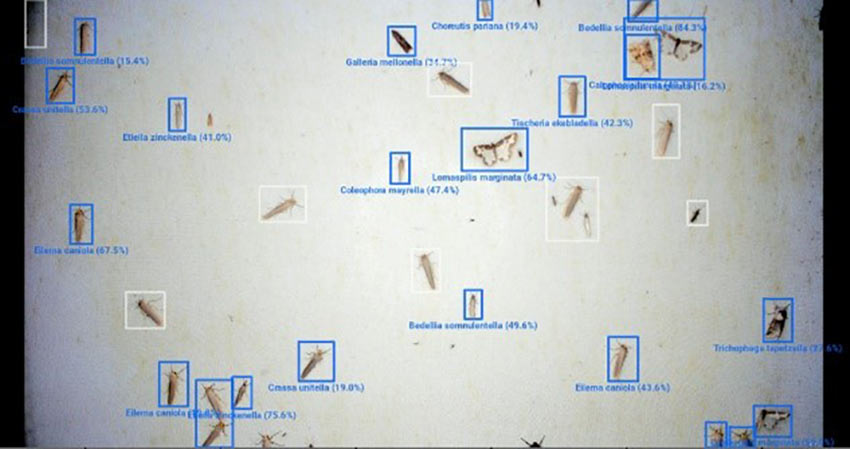
In partnership with the Turing Institute we are developing edge processing which will enable images to be analysed on the device, rather than being downloaded and processed later. We also plan to build in pollinator monitoring alongside our monitoring of moths to give 24-hour monitoring of flying insects. Pollinators are known to be experiencing declines around the world.


